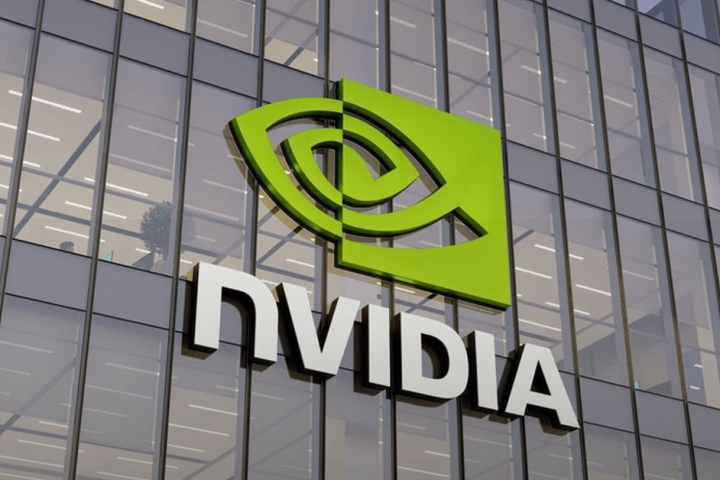The Trump administration is in discussions over a potential deal that could see the U.S. government take a 10% equity stake in Intel, marking an extraordinary intervention in the nation’s semiconductor industry at a time of intensifying global competition for advanced chips.
“The president wants to put America’s needs first, both from a national security and economic perspective,” White House press secretary Karoline Leavitt told reporters Tuesday, confirming negotiations first reported last week.
According to Commerce Secretary Howard Lutnick, the proposal would involve converting government grants—originally approved during the Biden administration to spur domestic chip manufacturing—into Intel shares.
“We should get an equity stake for our money,” Lutnick said in a CNBC interview. “Instead of just giving grants away, we’ll get equity in return.”
If completed, the deal would represent a rare step: while the U.S. government has previously taken stakes in banks and automakers during the 2008 financial crisis, Intel is not in imminent danger of collapse. Instead, the move reflects the White House’s determination to shore up America’s position in the artificial intelligence (AI) chip race, where Intel has fallen behind rivals like Nvidia, Samsung, and Taiwan Semiconductor Manufacturing Company (TSMC).
The government’s potential stake would also be tied to Intel’s planned $20 billion manufacturing hub in Ohio, a project aimed at reestablishing the company as a cornerstone of U.S. semiconductor production.
Intel, which has not directly commented on the reports, reiterated last week that it was “deeply committed to supporting President Trump’s efforts” to strengthen U.S. technology and manufacturing.
The news comes just one day after Japanese investment giant SoftBank announced it would purchase a $2 billion stake in Intel, a sign analysts interpreted as confidence in the company’s turnaround. Intel shares surged nearly 7% in New York trading Tuesday following the announcements.
Experts said the government’s involvement underscores the strategic importance of semiconductors.
“Washington needs critical industries like chip manufacturing and defense to not have to rely on foreign suppliers,” said Vincent Fernando of consultancy Zero One. “Intel is one of the few U.S. firms capable of producing high-end semiconductors at scale.”
Still, the idea of partial government ownership raised eyebrows.
“This is extremely unusual,” said Professor Kevin J. Fox of the University of New South Wales Sydney. “Intel is not in danger of imminent collapse. State ownership could make it harder to run the business effectively and could even discourage other companies from accepting government grants.”
The move comes amid heightened White House scrutiny of the chip sector. Last week, Nvidia and AMD agreed to pay a 15% levy on revenues from China in exchange for U.S. export licenses — part of an unprecedented arrangement intended to manage technology trade tensions between Washington and Beijing.
Analysts say the Intel talks, combined with export restrictions and new taxation rules, reflect a broader strategy: to tighten U.S. control over the semiconductor supply chain while simultaneously boosting domestic production capacity.
For Intel, long viewed as a national champion that has struggled in the AI era, the potential infusion of government support could provide both a symbolic and financial boost. But the path forward remains uncertain as negotiations continue.








